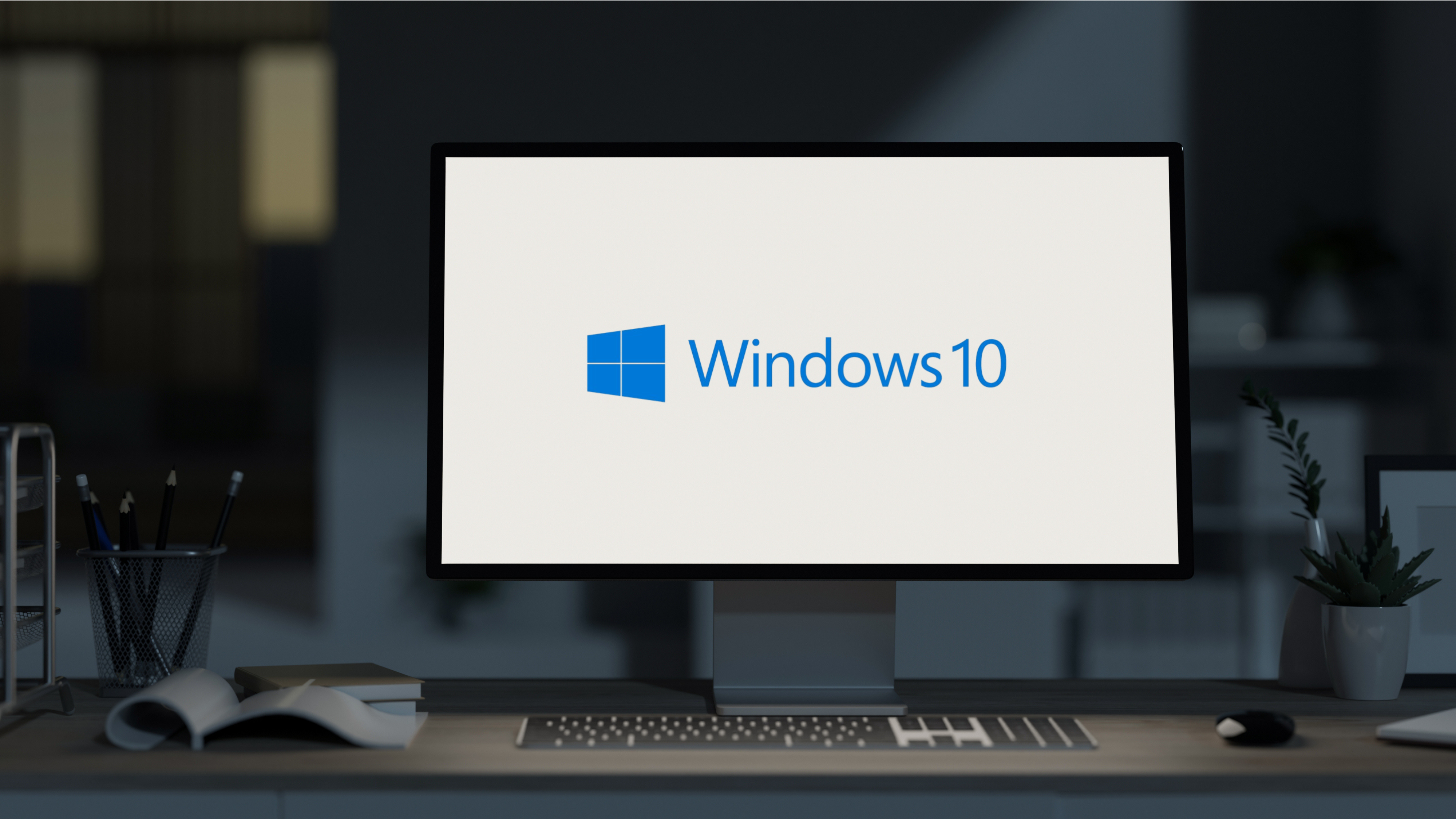
Imagine this: you wake up one morning, turn on your computer, and find that all your files are gone. Maybe a hard drive failure wiped them out, a ransomware attack locked you out, or accidental deletion erased something irreplaceable. It’s a nightmare scenario, but one that can be avoided with a solid backup strategy.
Backing up your data is essential for protecting your personal and business files from loss, corruption, and cyber threats. In today’s digital world, data loss can mean losing precious memories, critical business documents, or sensitive information. The good news? You have several options for backing up your files, primarily through cloud storage and local backups. In this guide, we’ll explore the benefits of each and help you determine the best approach for keeping your data safe.
Why Data Backup Matters
Data loss can happen in many ways, including:
- Hardware failure – Hard drives have a limited lifespan and can fail unexpectedly.
- Cyberattacks – Ransomware and malware can lock you out of your files or steal sensitive information.
- Accidental deletion – Human error happens, and an accidental keystroke could erase important files.
- Natural disasters – Fires, floods, or power surges can physically destroy storage devices.
A proper backup strategy ensures you can recover your files quickly and minimize disruption. The golden rule of data backup is the 3-2-1 rule:
- Keep three copies of your data.
- Store them on two different types of media.
- Keep one copy offsite (like in the cloud).
Now, let’s dive into the two primary ways to back up your data: cloud storage and local backups.
Cloud Backup: Secure, Scalable, and Accessible
Cloud storage services allow users to back up files to remote servers managed by a third party. This option is gaining popularity due to its convenience and security. Some well-known cloud backup services include Google Drive, Dropbox, Microsoft OneDrive, and iCloud. Businesses might opt for enterprise-grade solutions like Amazon S3 or Microsoft Azure Backup.
Benefits of Cloud Backup
- Accessibility – Files are stored online, meaning you can access them from any device with an internet connection.
- Automated Backup – Many cloud services offer automatic syncing, ensuring your latest files are always backed up.
- Scalability – Cloud storage is flexible, allowing you to increase capacity as needed.
- Security – Reputable cloud services use encryption, multi-factor authentication, and redundancy to keep your data safe.
- Offsite Protection – Since files are stored remotely, they’re safe from local disasters like floods or fires.
Potential Drawbacks
- Requires Internet Access – If you don’t have a stable internet connection, restoring files may take time.
- Ongoing Costs – Cloud services typically require monthly or annual subscription fees.
- Privacy Concerns – Your data is stored on third-party servers, so you need to trust the provider’s security measures.
Local Backup: Fast, Private, and Cost-Effective
Local backups involve storing data on physical devices such as external hard drives, USB flash drives, or Network Attached Storage (NAS) systems. This option gives users direct control over their backups and eliminates the need for an internet connection to access files.
Benefits of Local Backup
- Immediate Access – No need to wait for downloads; files are accessible instantly.
- One-Time Cost – Unlike cloud storage, local backups don’t require ongoing subscription fees.
- Total Control – You don’t have to rely on a third party for security or availability.
- Fast Recovery – Large files restore quickly without relying on internet speeds.
Potential Drawbacks
- Risk of Physical Damage – If your backup drive is damaged or lost, your data could be gone permanently.
- Limited Offsite Protection – If all backups are in the same location, disasters could wipe out both your computer and backup.
- Manual Effort – Some local backups require manual file transfers, increasing the risk of outdated backups.
Choosing the Right Backup Solution: Cloud vs. Local
Both cloud and local backups have advantages and disadvantages. The best solution? Use both. A hybrid approach ensures redundancy and maximum protection. Here’s when to use each:
- Cloud backup is best for:
- Critical files that require frequent access from multiple devices.
- Protection against local disasters like theft, fire, or flooding.
- Businesses that need automatic backups and offsite security.
- Local backup is best for:
- Large files that need fast recovery.
- Private data that shouldn’t be stored on external servers.
- Users who want a one-time investment instead of ongoing fees.
A combination of cloud and local backups ensures that even if one method fails, you still have a safety net.
How to Set Up a Reliable Backup Plan
To secure your data, follow these steps:
- Identify What Needs Backing Up – Prioritize important documents, photos, business records, and application data.
- Choose Your Backup Solutions – Use a mix of cloud and local storage for a balanced approach.
- Schedule Automatic Backups – Configure your cloud service and backup software to update files automatically.
- Use Encryption for Security – Encrypt sensitive files, especially if storing them on cloud services.
- Test Your Backups Regularly – Make sure you can restore files when needed.
Protect Your Data with Expert Help from Tech Solutions
Don’t wait until it’s too late! A well-structured backup plan can save you from data disasters. If you need help setting up a secure and reliable backup system, Tech Solutions in Lake Mills, WI, is here to assist.
Our experts can help you:
- Choose the best backup solution for your needs.
- Set up automatic backup systems.
- Ensure your data is protected against cyber threats and hardware failures.
Contact Tech Solutions today! Visit our website at https://witechsupport.com/ or call us for personalized tech support.
continue reading
Related Posts
As of December 2024, the end of support for Windows



